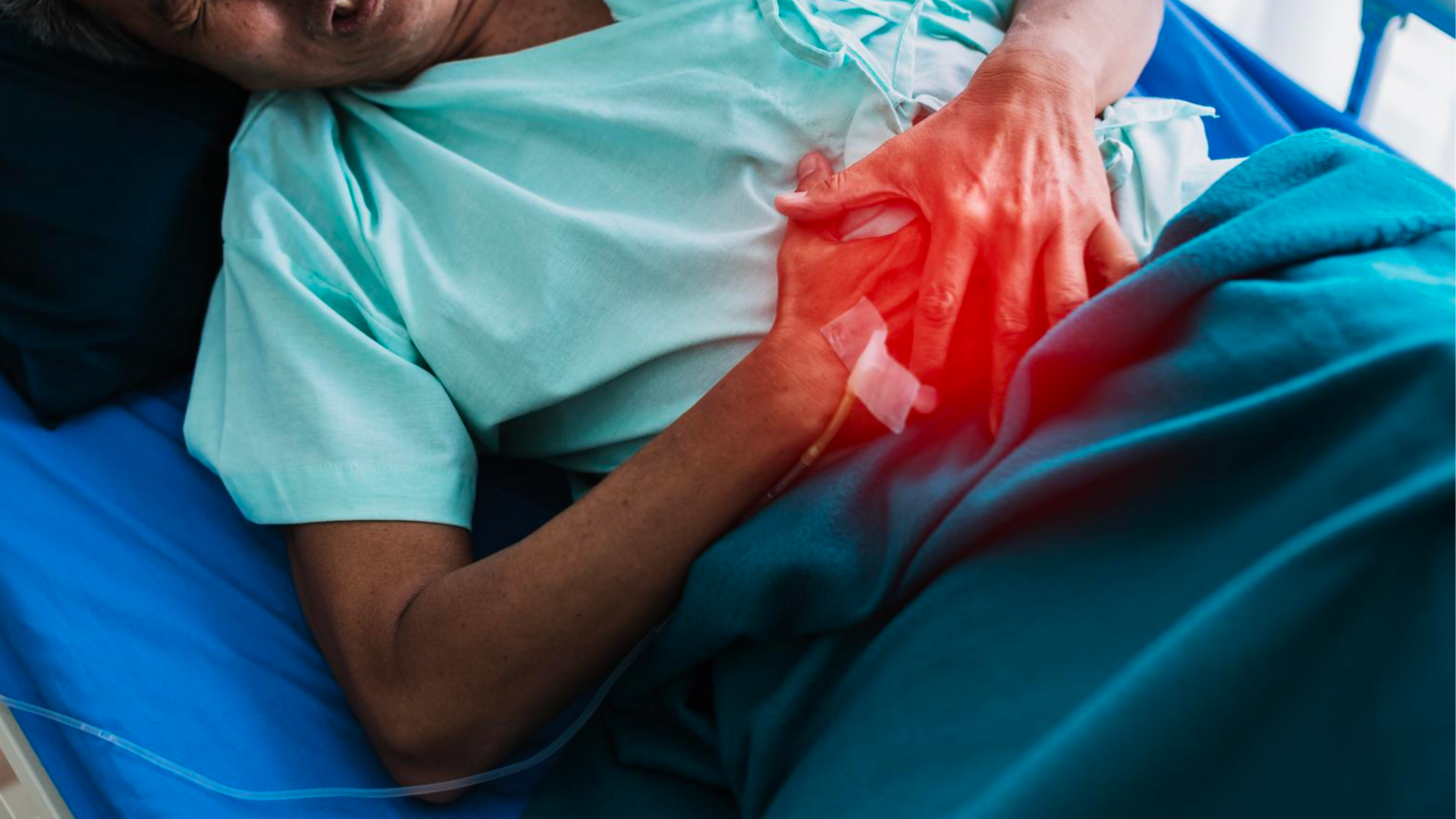Enfermedades raras

Una enfermedad rara es aquella que afecta a una proporción reducida de la población (generalmente no más de 5 por cada 10 mil habitantes). Estas enfermedades suelen ser crónicas y degenerativas en su mayoría, y se caracterizan por presentar una amplia gama de desórdenes y síntomas que varían según la enfermedad y el paciente.
Se estima que aproximadamente el 80% de las enfermedades raras tienen un origen genético, y más de la mitad de ellas comienzan durante la infancia. Según la Organización Mundial de la Salud (OMS), se estima que existen alrededor de 7 mil enfermedades raras en todo el mundo, lo que representa aproximadamente el 7% de la población mundial. En México, existen alrededor de 8 millones de personas con enfermedades raras, según datos de la Secretaría de Salud.
Es importante contar con un diagnóstico y tratamiento oportuno por parte de un profesional de la salud. Con esto, es posible mejorar la calidad de vida de los pacientes.
En Stendhal, estamos comprometidos con mejorar la calidad de vida de los pacientes, por lo que contamos con medicamentos para enfermedades raras, los cuales son terapias innovadoras con tecnología RNAi (RNA de interferencia).
Hipofosfatemia ligada a X
La Hipofosfatemia ligada a X (XLH) es una enfermedad que se explica con su nombre: “hipo” (poco), “fosfa” (fósforo o fosfato), “temia” (sangre), es decir, “poco fósforo en la sangre”. Es una enfermedad genética hereditaria que afecta la forma en que los riñones absorben el fosfato, siendo el fosfato o el fósforo un mineral importante para la salud de los huesos, los dientes y los músculos.
La XLH es una enfermedad rara del riñón que afecta a aproximadamente 1 de cada 40,000 personas en los Estados Unidos y es causada por una mutación en el gen PHEX, que se encuentra en el cromosoma X.

Los hombres son más susceptibles a la XLH que las mujeres, ya que ellos tienen un solo cromosoma X, mientras que las mujeres tienen dos; si uno de los cromosomas no tiene la mutación PHEX, la enfermedad no se va a manifestar, aunque sí pueden transmitir la mutación a algunos de sus hijos.
Algunos de los síntomas de la enfermedad son:
- Debilidad muscular
- Dolores de huesos
- Deformación de los huesos
- Crecimiento retardado
- Trastornos dentales
- Dificultad para respirar
- Fatiga
- Convulsiones

Porfirias Hepáticas Agudas
Es un grupo de desórdenes metabólicos hereditarios, subdiagnosticados raros, debido a defectos en la biosíntesis del grupo hemo. Esta molécula es el componente más importante de una proteína llamada hemoglobina. El grupo hemo, y la hemoglobina, permiten a los glóbulos rojos transportar oxígeno a todo el organismo.
Las manifestaciones clínicas de las porfirias agudas generalmente inician en la edad adulta y son inespecíficas, por esa razón muchos pacientes permanecen sin diagnóstico o se diagnostican tardíamente.
Esta enfermedad rara del hígado suele comprender alguno de los siguientes síntomas:
- Dolor abdominal severo: es el síntoma más común y frecuentemente inicial en un ataque. Es típicamente generalizado y se acompaña de náuseas, vómito, distensión abdominal, constipación o diarrea. Este dolor muchas veces se confunde con cuadros de abdomen agudo y trastornos quirúrgicos como la apendicitis.
- Neuropatía periférica: puede ser manifestada como dolor en múltiples áreas tales como la espalda, el tórax o las extremidades. Los trastornos en la sensibilidad se pueden desarrollar y progresar generando sensación de hormigueo y adormecimiento.
- También puede afectar el sistema nervioso autónomo o central, que suele causar cambios en el estado mental, crisis convulsivas, psicosis, insomnio y ansiedad. Las manifestaciones en el sistema nervioso autónomo incluyen taquicardia, hipertensión y disfunción de vejiga con retención urinaria, incontinencia y dolor al orinar.
Otros signos pueden incluir la orina café marrón o rojiza debido al exceso en porfirinas o porfobilinógeno, mal diagnosticado como hematuria (sangre en la orina).
Amiloidosis Hereditaria Transtiretina con polineuropatía (ATTR)
Esta enfermedad rara hereditaria, de inicio habitual en la edad adulta, es causada por una mutación del gen de la proteína transtiretina, la cual se produce en el hígado, y que resulta en la formación de una proteína con configuración anormal o amiloide.
Las moléculas de esta proteína anormal tienden a agruparse en estructuras fibrosas y difíciles de degradar que se acumulan en diferentes órganos y causan tanto disfunción, como trastorno en sus funciones, provocando la manifestación de los síntomas atribuidos a la enfermedad.

Esta forma de amiloidosis afecta a todo el organismo, pero en especial al sistema nervioso periférico y al corazón. La sospecha de amiloidosis ATTR es alta en pacientes con una polineuropatía progresiva e incapacitante, la cual se manifiesta con trastornos en la sensibilidad y la motricidad de las extremidades inferiores que comienzan a partir de los pies y puede ir subiendo de nivel.
Las personas que portan este padecimiento, con frecuencia, experimentan: pérdida de peso inexplicable de más de 5 kg, alteraciones del ritmo cardiaco, anormalidades renales, síndrome del túnel del carpo bilateral, trastorno en las funciones del estómago, estreñimiento, diarrea crónica, disfunción eréctil y, finalmente, problemas para caminar o incluso postración.

Atrofia muscular espinal (AME)
Es una enfermedad genética, progresiva y a menudo terminal, que afecta al componente motor del Sistema Nervioso Periférico y por ende compromete la habilidad de un individuo para caminar, comer y finalmente respirar.
La AME afecta aproximadamente a 1 de cada 10,000 personas y en su mayoría, se presenta en edad pediátrica, pudiendo presentarse también en adultos.
Esta enfermedad rara que afecta a los músculos representa una de las principales causas de muerte en infantes por factores genéticos, por lo que la detección temprana de signos y síntomas en pacientes pediátricos, como succión y deglución débiles, falta de sostén cefálico y tórax en forma de campana es fundamental.
CLN2 (lipofuscinosis ceroide neuronal infantil tardía tipo 2)
La CLN2 es un trastorno genético pediátrico neurodegenerativo poco común y de rápida progresión que se presenta comúnmente como el fenotipo infantil tardío.
A su vez, la CLN2 es una enfermedad rara que forma parte de un grupo de trastornos conocidos colectivamente como enfermedad de Batten.
Algunos signos y síntomas importantes para su detección son:
- Convulsiones
- Deterioro motor
- Crisis epilépticas
- Retraso en el lenguaje


MPS (Mucopolisacaridosis)
Son un grupo de enfermedades genéticas raras de tipo de trastorno de almacenamiento lisosomal que se presentan desde el nacimiento (aunque los recién nacidos pueden no presentar síntomas leves de la enfermedad).
Estas enfermedades genéticas raras son causadas por errores del metabolismo que resultan en una deficiencia en la actividad de enzimas importantes para el cuerpo.
Ante esta deficiencia, se produce la acumulación de glicosaminoglicanos (GAGs) en las células de diversos sistemas del cuerpo. MPS IV o enfermedad de Morquio y MPS VI son dos tipos de Mucopolisacaridosis en las que Stendhal maneja líneas terapéuticas y para las cuales es importante la identificación de signos y síntomas para un diagnóstico temprano, con lo cual se puede mejorar la calidad de vida de los pacientes siempre acompañados de todo un equipo multidisciplinario durante el tratamiento.
Algunos de los signos de estas enfermedades son: talla baja, displasia vertebral, genu valgo, cuello corto, pecho de paloma, dedos cortos y gruesos con flexión fija.
Trabajamos de la mano con Pediatras, Genetistas, Cardiólogos, Ortopedistas, Neuropediatras, Neurólogos y demás profesionales de la salud que contribuyen día a día, al logro de un diagnóstico cada vez más oportuno para brindar nuevos y eficaces tratamientos para así mejorar la calidad de vida de la población que padece algún tipo de enfermedad rara en más de 14 países de Centroamérica, Sudamérica y el Caribe.






